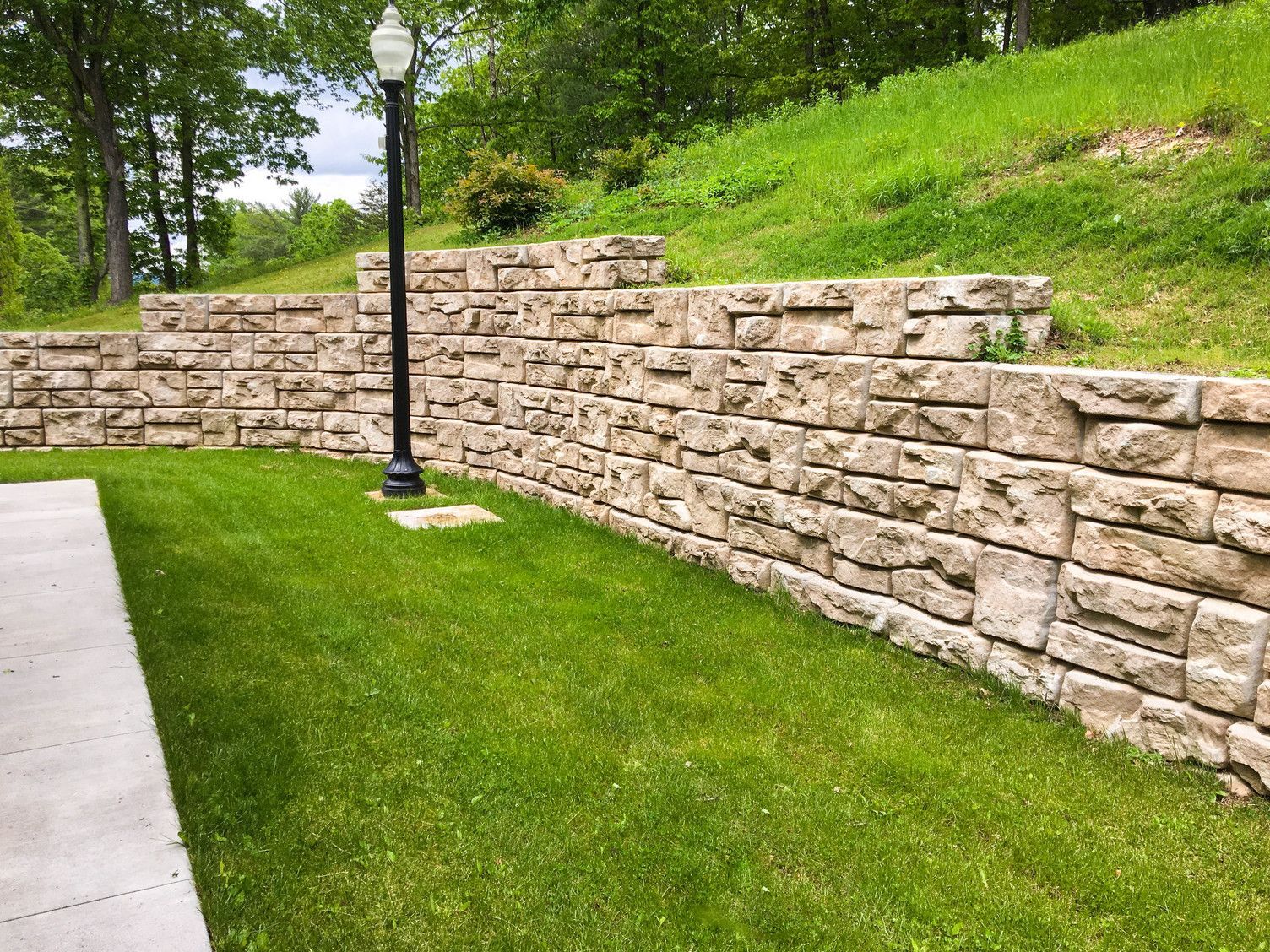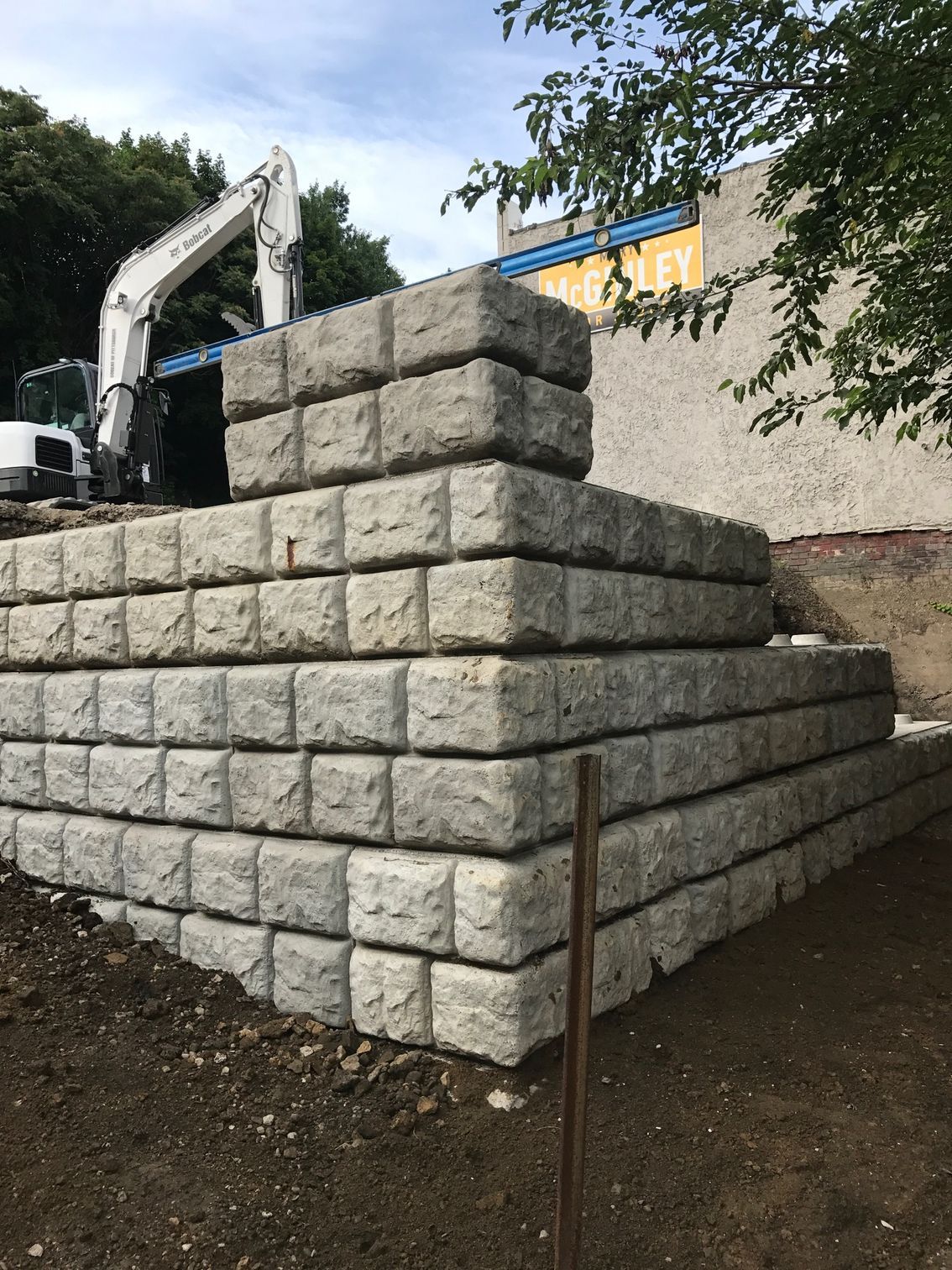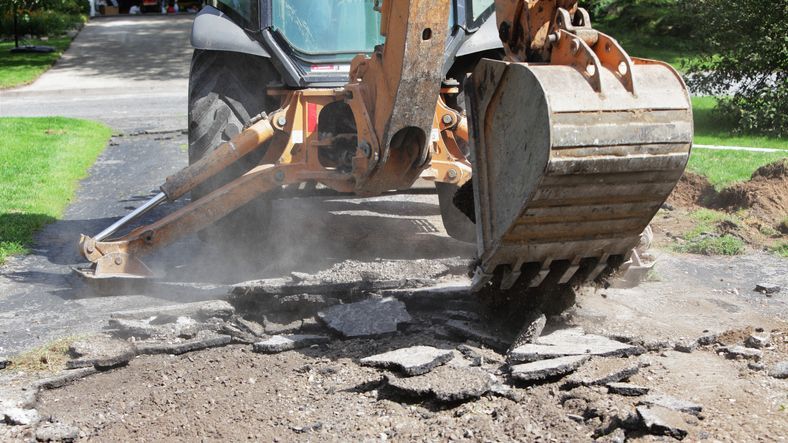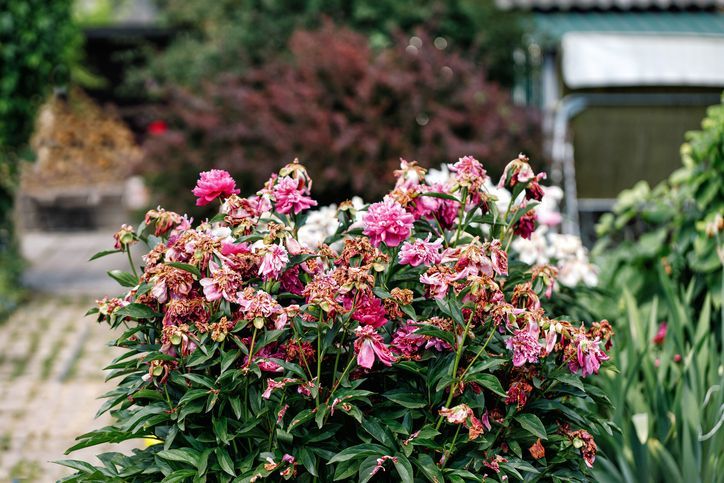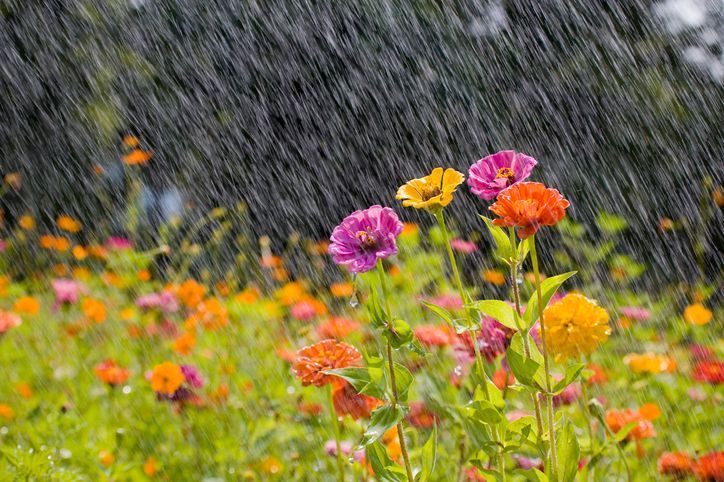October Gardening Tips
October is a great time to get your garden looking great and prepare it for a beautiful spring bloom! At J Bird’s Landscaping, we’ve put together a guide on our top gardening tips for the fall season.
Every few years, your perennials can benefit from being divided. If they become overgrown, they can die out from the center. In October, we recommend dividing plants such as oriental lily, Asiatic, bearded iris, hosta, peony, daylily, sedum, and oriental poppy.
To divide them, use a sharp spade to dig around the plant and lift it out of the ground. You can then use the spade or a sharp knife to cut the plant into smaller parts. Once divided, replant them at the same depth they were growing at previously. Ensure they are spaced apart, so they have room to grow.
Spruce up the Garden with Roses, Trees, and Shrubs
October is a great time to plant shrubs, deciduous trees, and roses. With the cool weather, these plants can root quickly. Also, the soil is easy to work with since it is not yet frozen but isn’t as wet and mucky as it is in the spring.
When planting, be sure to dig a hole slightly larger than the root ball. Then, set the plant into the hole at the same height as it was growing in the nursery pot. You should then mulch and water the plants.
Mulch the Garden
Mulching is a great way to keep your young plants alive over the winter. We recommend covering them with mulch, about 4-6 inches of bark, straw, or shredded leaves over the crown of the plant. This will insulate it against the freeze and thaw cycles throughout winter.
In the early spring, you will need to gently rake away the mulch and spread it evenly throughout the plant beds.
Weed Your Plant Beds
Weeding is a critical part of garden care in the fall. Weeds like lamb’s quarters, thistle, and crabgrass tend to develop seed heads in the late summer or fall. Do not allow weeds to remain in your garden, even if frost has already killed the flowers or veggies. Also, weeding now will help reduce the work you need to do in the spring and summer.
Start a Compost Pile
October is a great time to start a compost pile from dead and dying foliage, weeds, and kitchen waste. These scraps can create a nutrient-rich soil amendment. For a small garden, you can buy a compost bin at your local garden center or major retailer. If you have a larger garden, you can create your own compost center with concrete blocks or lumber bins. We recommend layering the woody and green materials, keeping the pile slightly moist, and turning it regularly to ensure the contents are mixed.
Plant Bulbs
October is a great time to plant spring-flowering bulbs such as crocus, daffodils, and tulips. As perennial flowers break dormancy, your bulbs will also begin to bloom.
Prune Your Perennials
After we’ve experienced the first frost, you will likely need to prune your perennials. Removing this extra foliage can make it easier for you to work around your plants doing things such as planting bulbs or improving the quality of your soil. If you have plants such as black-eyed Susan, catmint, coneflower, hosta, iris, peony, or lily, you can cut them back to a height of 3-5 inches. Cut them back using a sharp set of pruning shears. Avoid snapping them off with your bare hands, as this can damage the root.
Improve Soil Quality
The quality of your soil is critical to the success of your garden, and October is a great time to improve the quality of the soil. Once the garden has gone dormant in the fall, spread a layer of compost, shredded leaves, rotted manure, or fresh topsoil over the garden. Adding organic matter is a great way to create nutrient-rich soil.
Work with J Bird’s Landscaping for a Great Fall Garden
Pittsburgh Landscapers at J Bird’s Landscaping can help you create a beautiful October landscape. Contact us today to learn more!

Author: Jay Nagy
Owner & Founded of J Bird's Landscaping. 18+ Years of experience in Pittsburgh lawn cutting, patio installation, trucking/hauling, French drain installation, and other landscape/design services.
More Posts from J Bird's Landscaping
Contact
Canonsburg – Mt Lebenon – Upper St. Clair – Greentree – Bridgeville – Pittsburgh – Wexford – Sewickley – Moon – Coraopolis – Franklin Park – Schaler – Imperial – Oakdale – McMurry
Washington – Baldwin – Jefferson Hills – Pleasant Hills - South Hills


